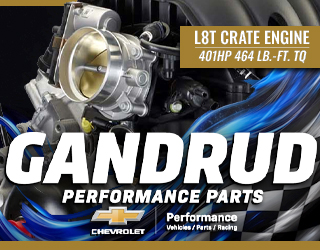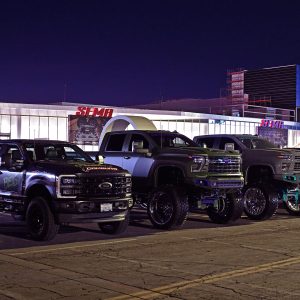Manufacturers
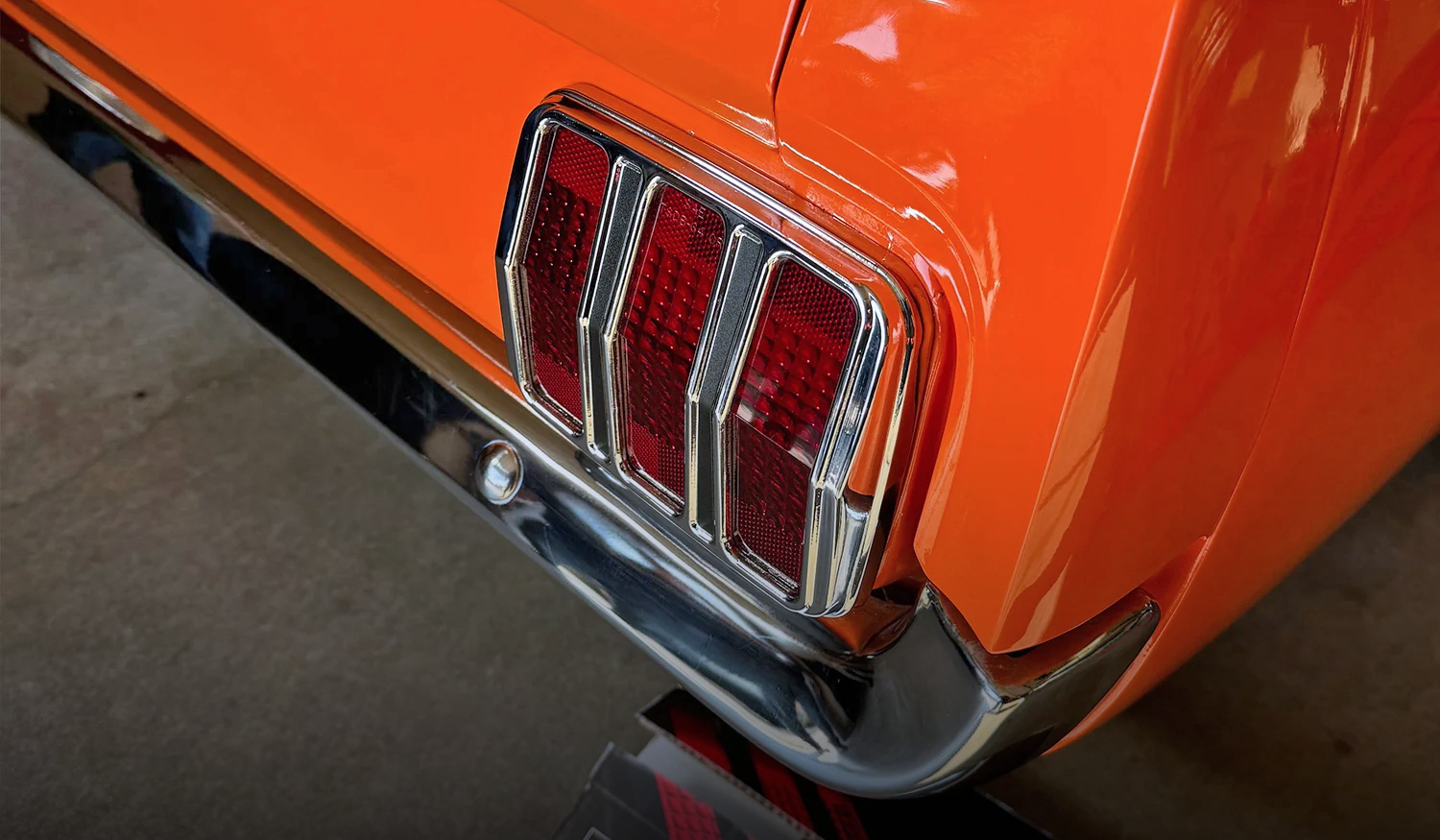
If you’ve ever followed a classic Mustang at night, you know the taillights were never its strong suit. Pyramid Optimized Design decided to fix that—with style. The Sequential Aurora Taillight is a modern LED retrofit that finally gives your early Mustang the bright, even illumination it always deserved—no hot spots, no dim corners, no burned-out bulbs.
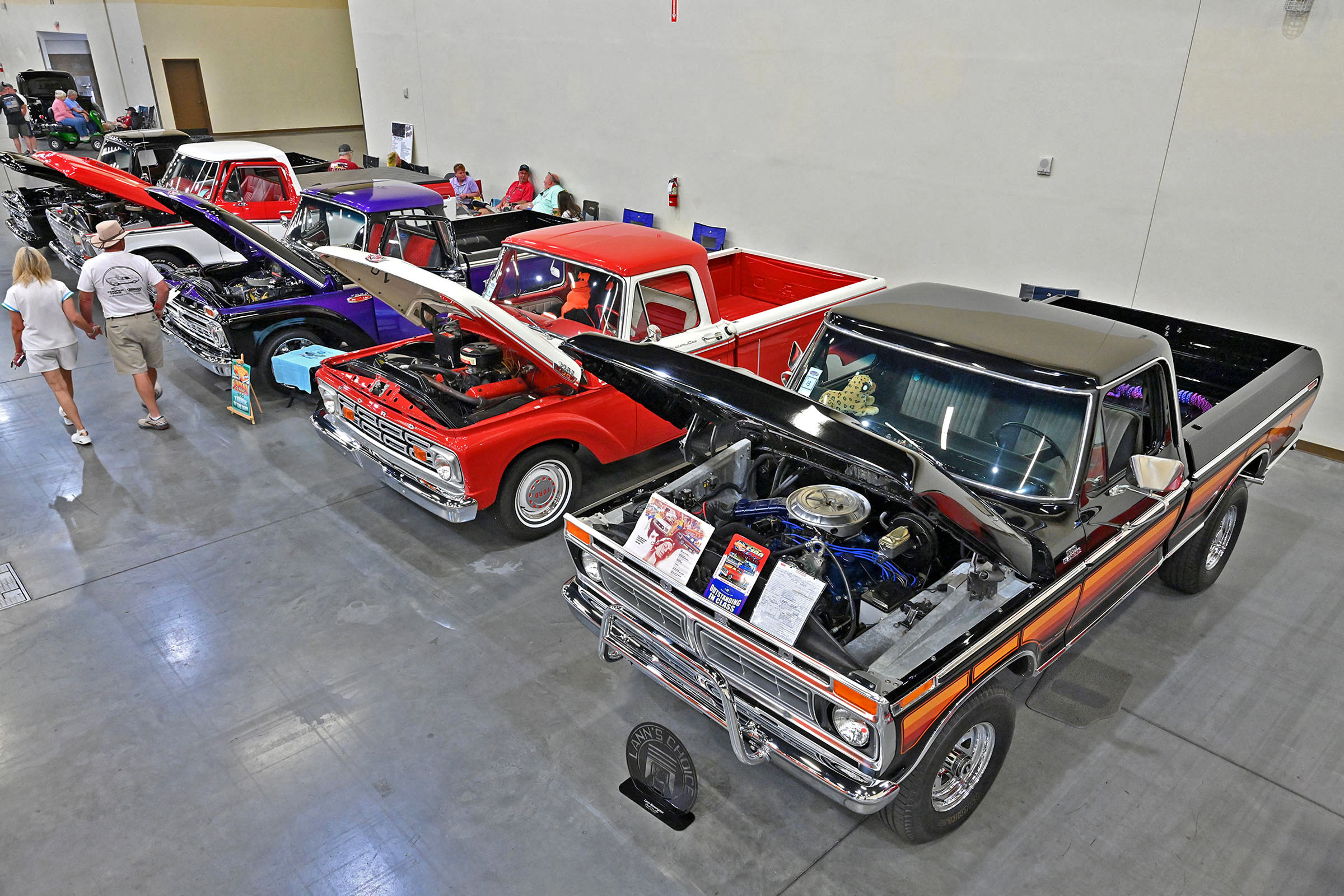
Every September, the Smoky Mountains turn Ford blue when the F-100 Supernationals takes over Sevierville, Tennessee. This isn’t just a truck show—it’s the largest gathering of classic Ford haulers on the planet, and it’s been pulling fans in for decades. If you’ve never been, imagine rows of F-series as far as you can see: bone-stock survivors, slammed shop trucks, high-dollar builds, lifted 4x4s, and everything in between. Other Fords are welcome too, so whether it’s a compact pickup or a big block Mustang, there’s a spot for every Blue Oval fan.
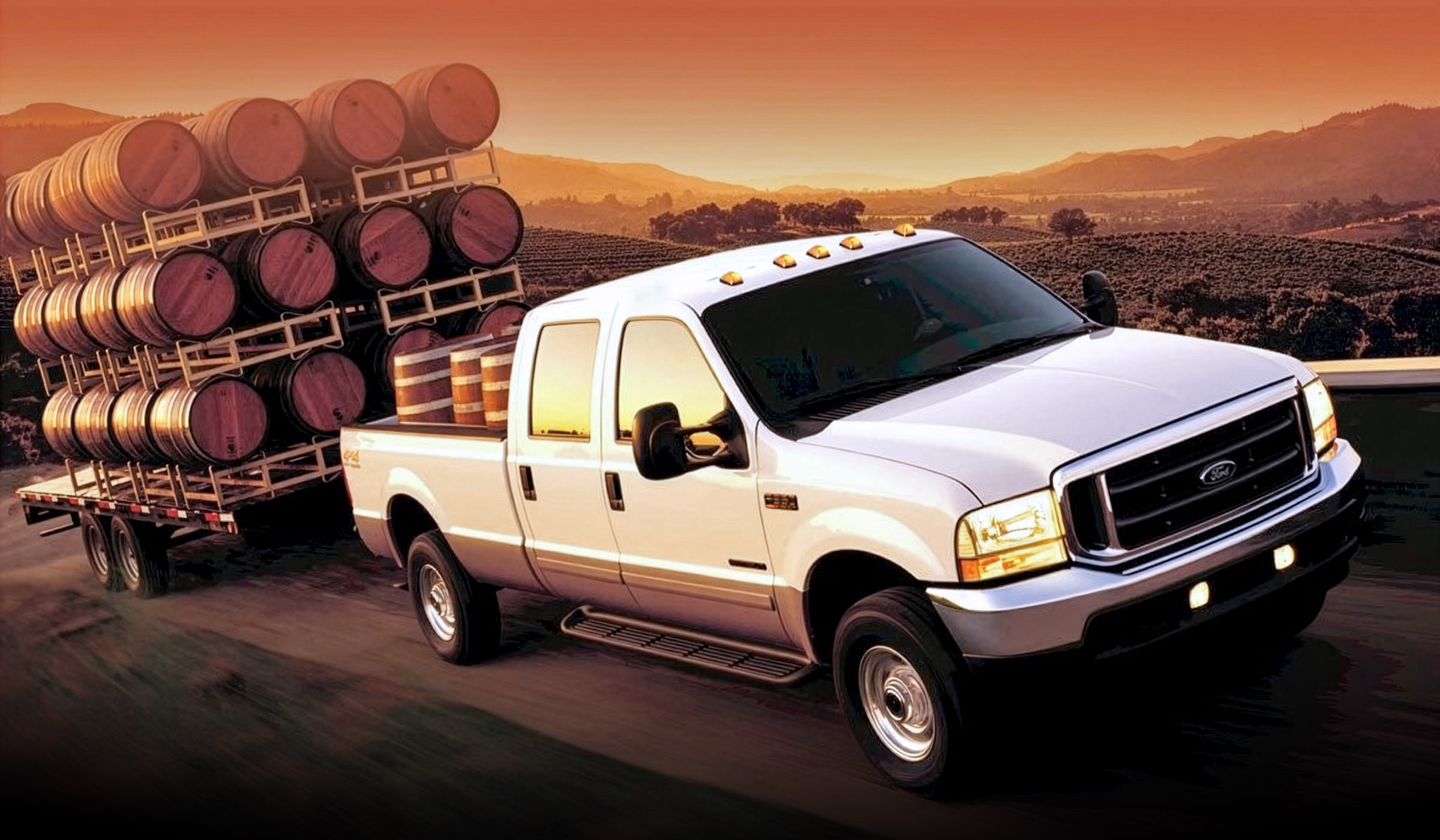
Picture this: you’re cruising down a muddy backroad, ready to switch into 4WD, and nothing happens. You check your ESOF switch, slam it again… still nothing. The culprit? Not your transfer case, not your drive shafts—it’s the OEM vacuum hoses and steel fittings at your hubs, silently failing after years of exposure to heat, moisture, and road grime. Dry-rot, leaks, and rusted fittings strike when you least expect it, leaving you stuck and frustrated.
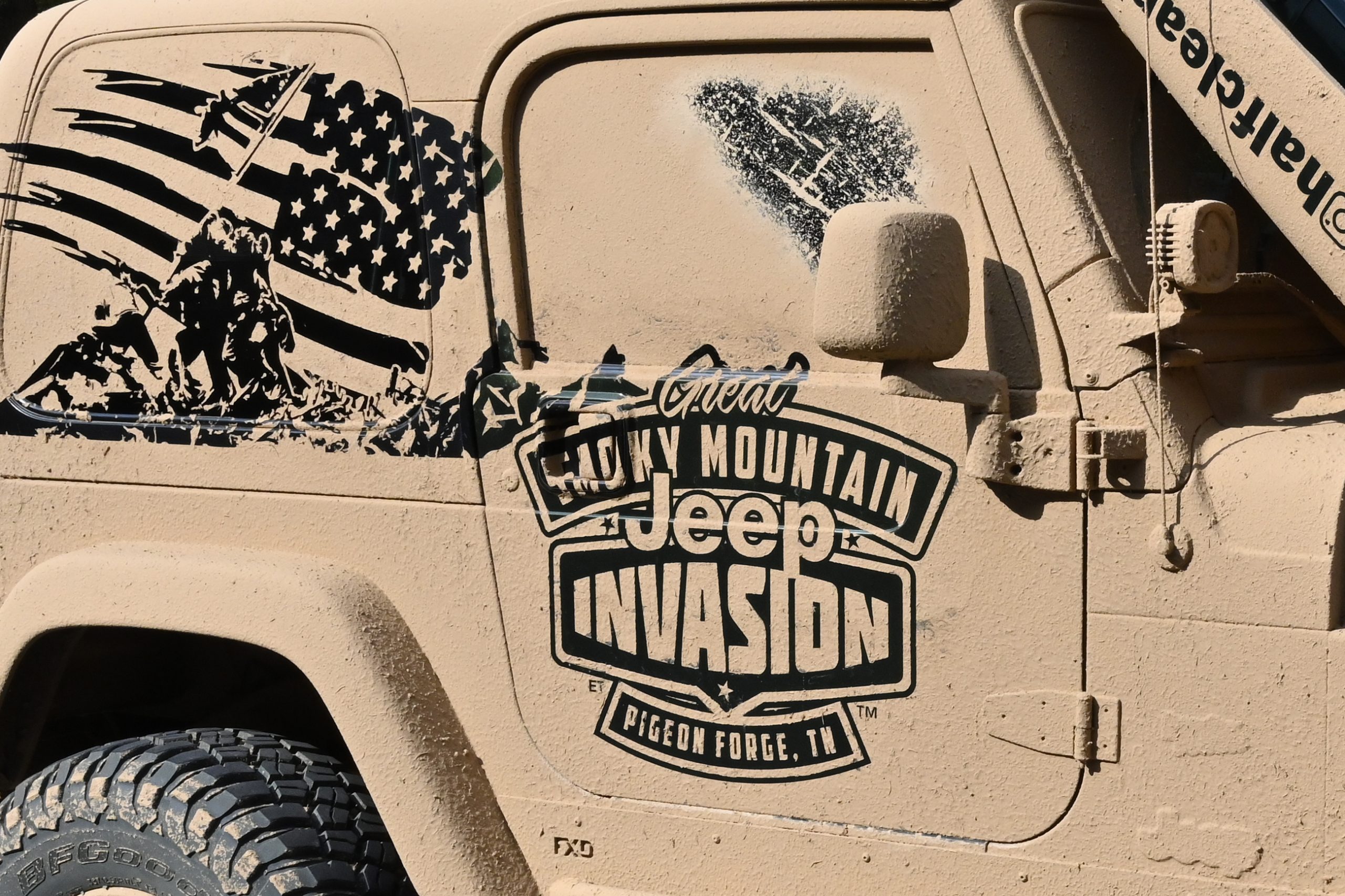
The 2025 Great Smoky Mountain Jeep Invasion stormed into Pigeon Forge with record-breaking energy. What began a few years ago in Townsend, Tennessee, with only 165 Jeeps has transformed into a jaw-dropping three-day spectacle at the LeConte Center. This year’s Invasion, held August 21–23, 2025, drew an unbelievable 50,000+ attendees, filling the town with the rumble of engines, the shine of custom builds, and the unmistakable buzz of Jeep® culture at its peak.
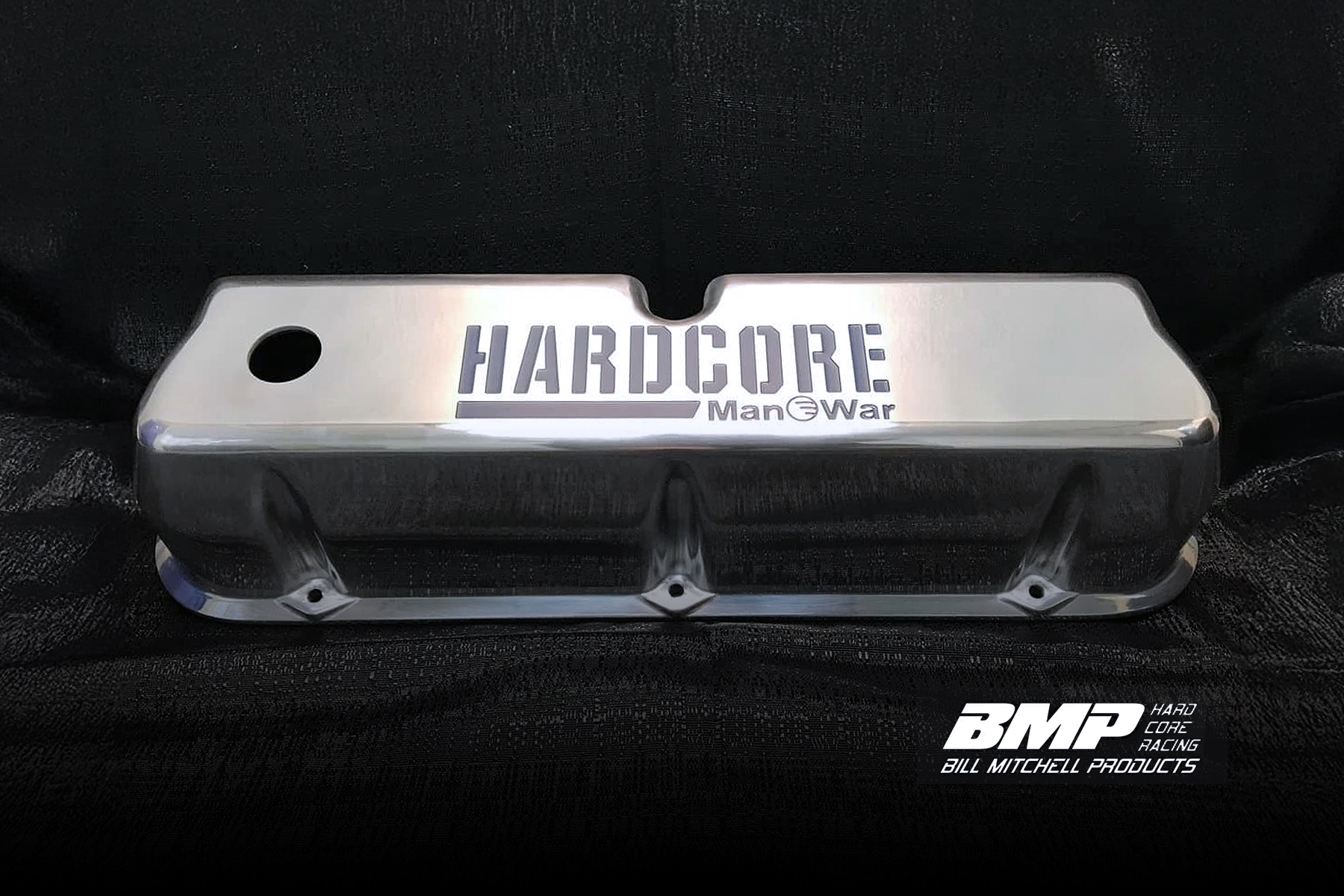
If you’re building a serious Small Block Ford, the details matter — and nothing finishes off an engine bay like a killer set of valve covers. Enter Bill Mitchell Products BMP D70870 Valve Covers, branded with the unmistakable HARDCORE Manowar logo. Originally part of BMP’s 600hp street engine crate program, these covers are now available individually — and at a can’t-miss closeout price.
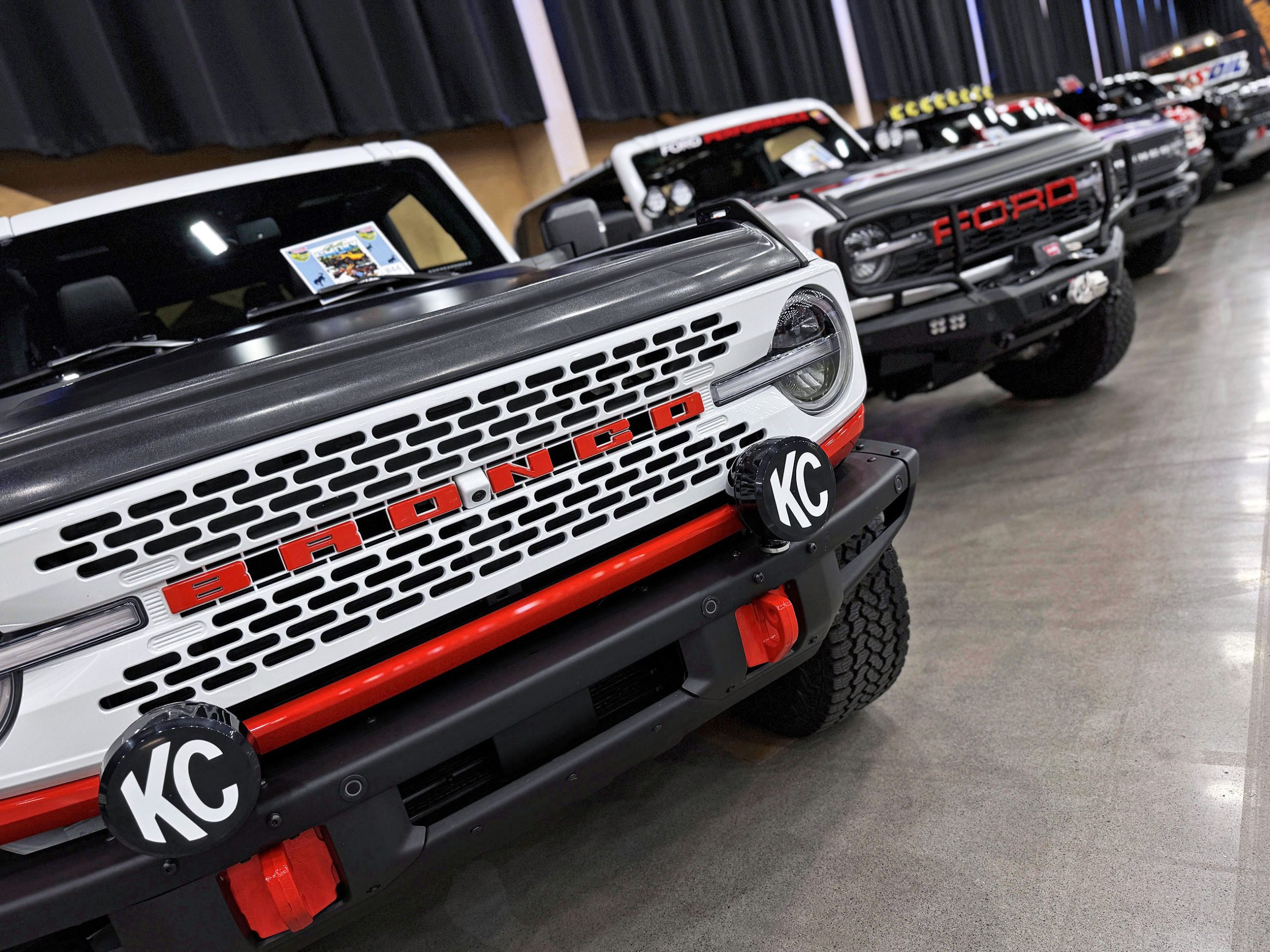
If your Bronco is still stock, it’s time for an upgrade. At the 2025 Great Smoky Mountain Bronco® Stampede in Pigeon Forge, the LeConte Center was transformed into a playground for anyone who refuses to settle for factory specs. First-gen classics mingled with lifted Sasquatch Editions, chopped customs, and wild builds that looked like they might break a few laws—on purpose. Every aisle was stacked with vendors showing off suspension systems, armor, lighting, audio, and off-road gear—everything needed to turn a perfectly nice stock Bronco into a beast that dominates the trail and turns heads everywhere it rolls.
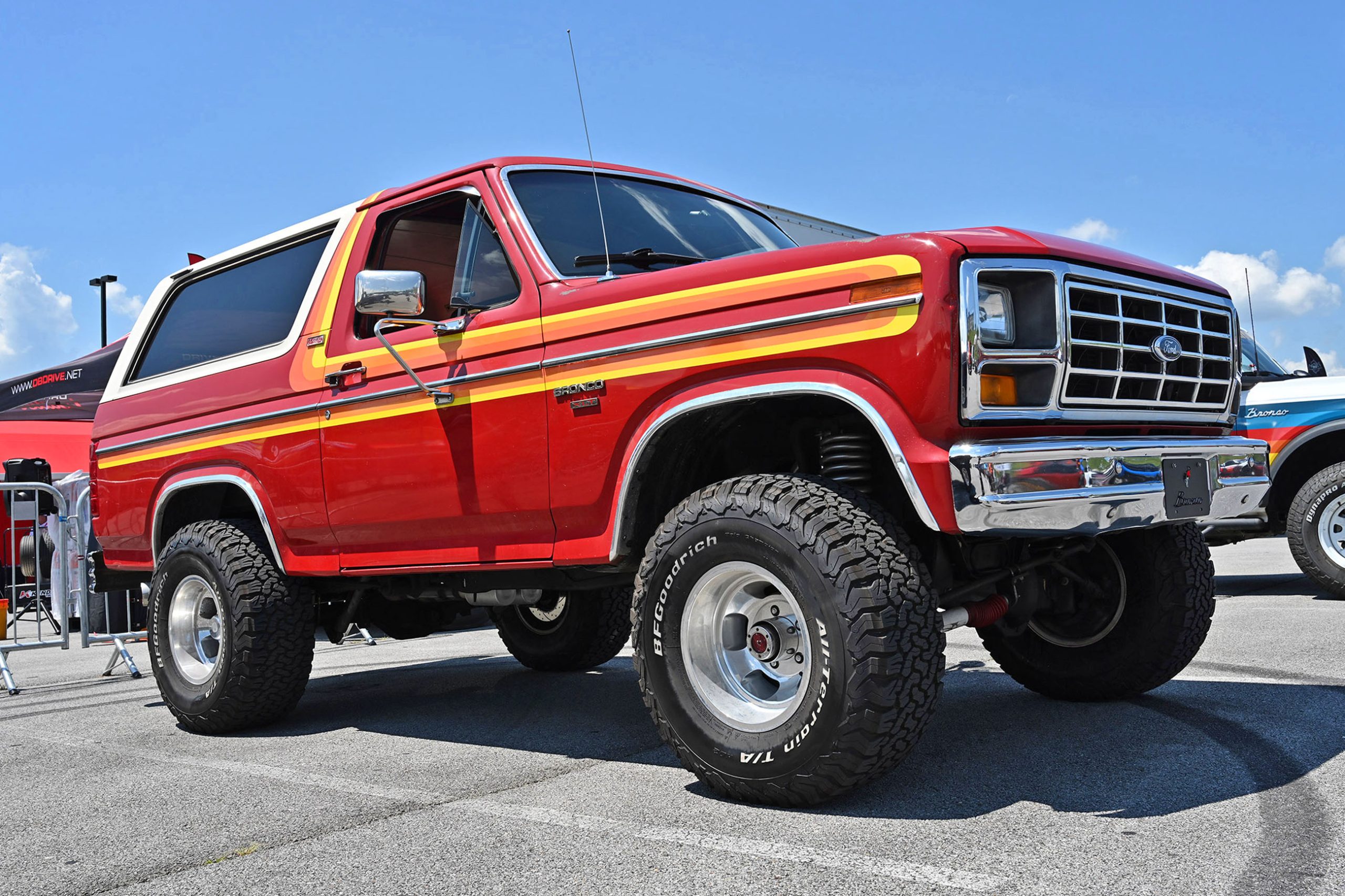
The 3rd Annual Great Smoky Mountain Bronco® Stampede thundered into Pigeon Forge, Tennessee, on August 15–16, 2025, and for two days straight the LeConte Center was wall-to-wall Broncos. Old, new, stock, modified, lifted—if it had a Bronco badge, it had a place in the herd.
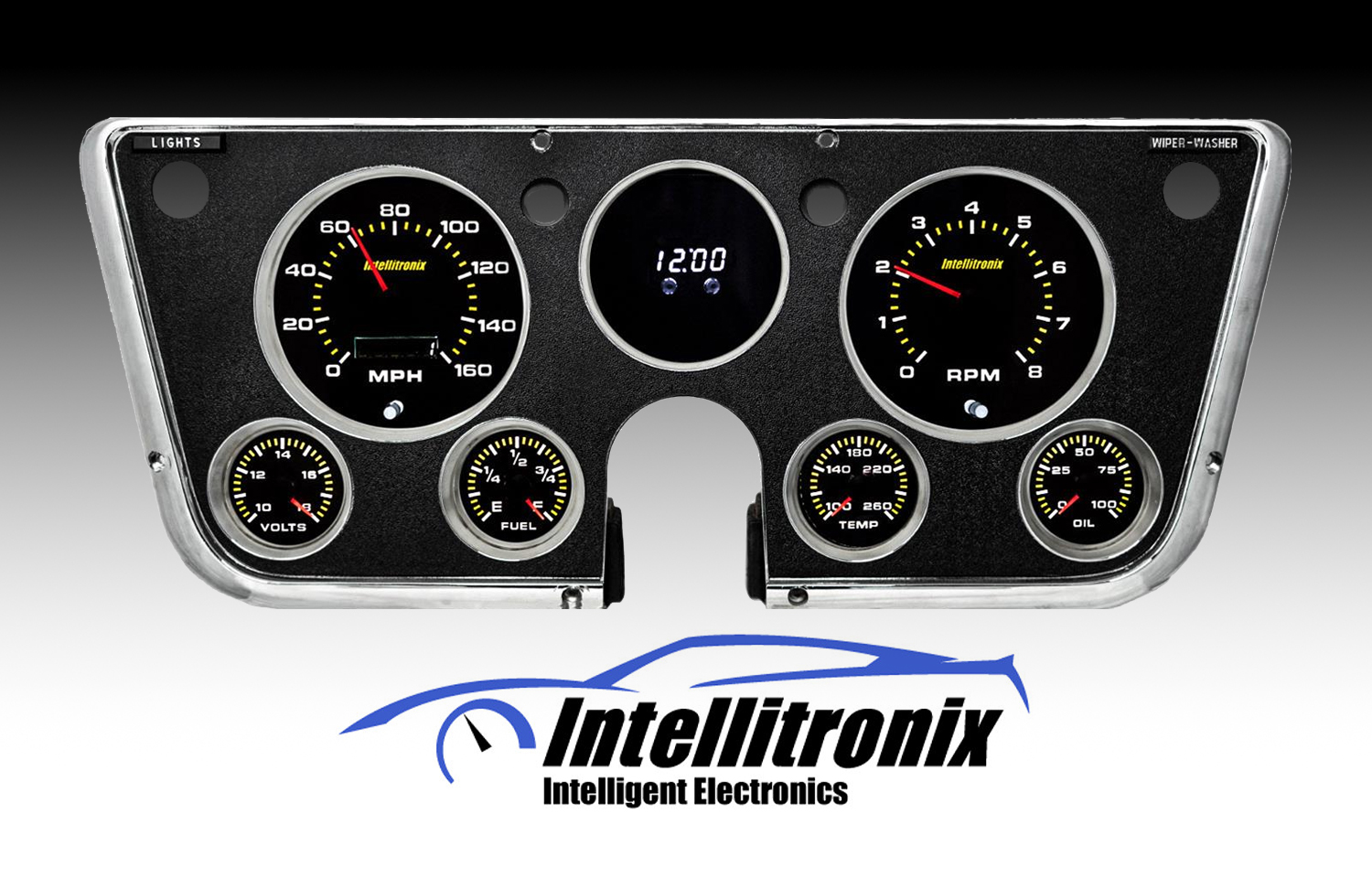
If you’re rolling in a classic Chevy truck and think your dash could use a serious glow-up, Intellitronix just dropped the hammer. The 1967-72 Chevy Truck Analog Direct Fit Gauge Panel isn’t just a swap—it’s a full-on interior makeover that mixes vintage vibes with modern smarts. Heck, it even snagged SEMA 2018 Runner-Up for Best New Interior Product, so you know it’s the real deal.
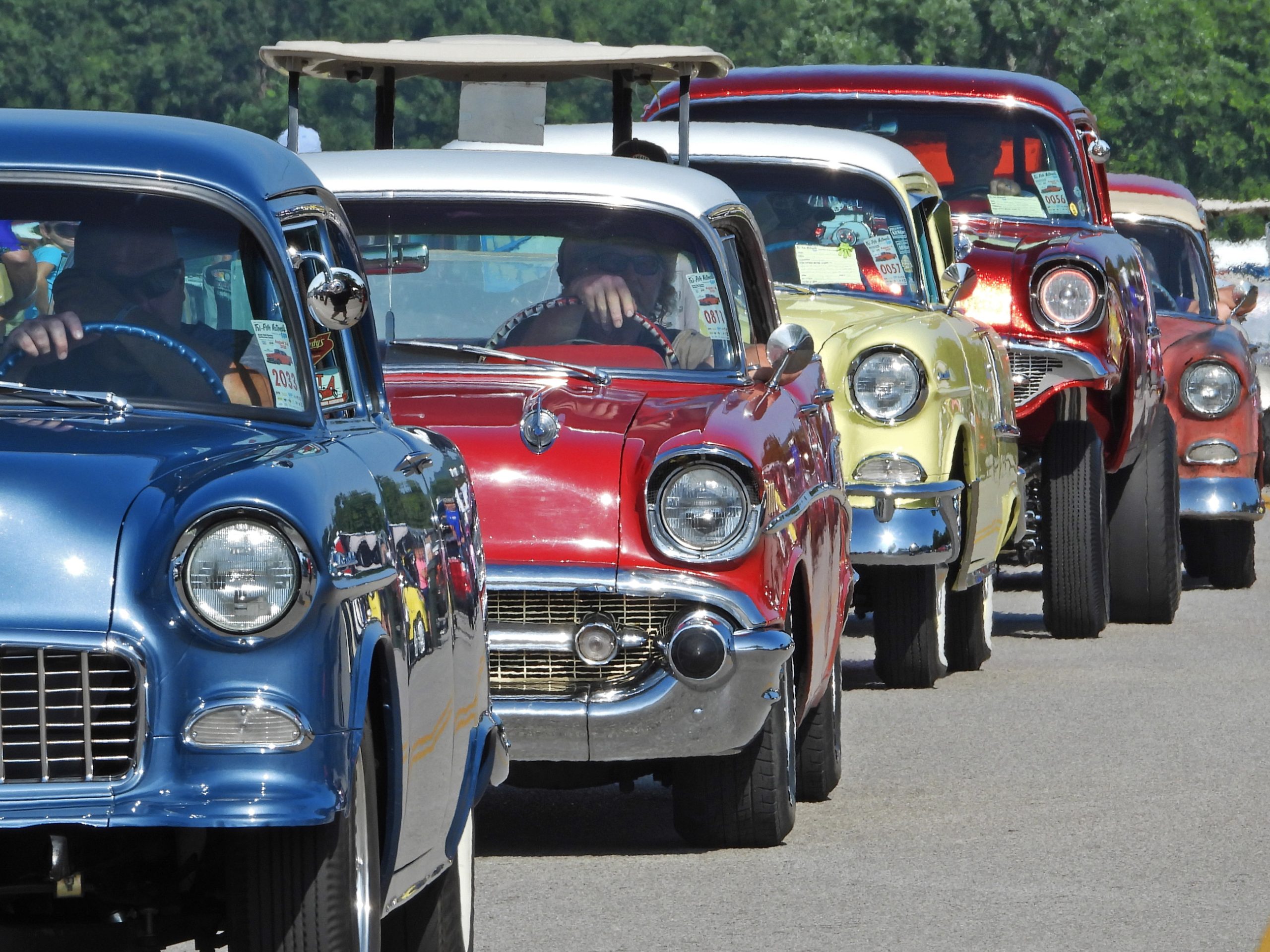
This year marked 70 years since the 1955 Chevy hit the streets, kicking off a three-year run that forever changed the automotive landscape. And judging by the rows of spotless Bel Airs, hardtop sedans, wicked gassers, and full-tilt pro-touring machines, the legend is alive, well, and meaner than ever. Everywhere you turned, there was another masterpiece—whether it was a flawless restoration, a ground-shaking drag car, or a radical custom that pushed the envelope.
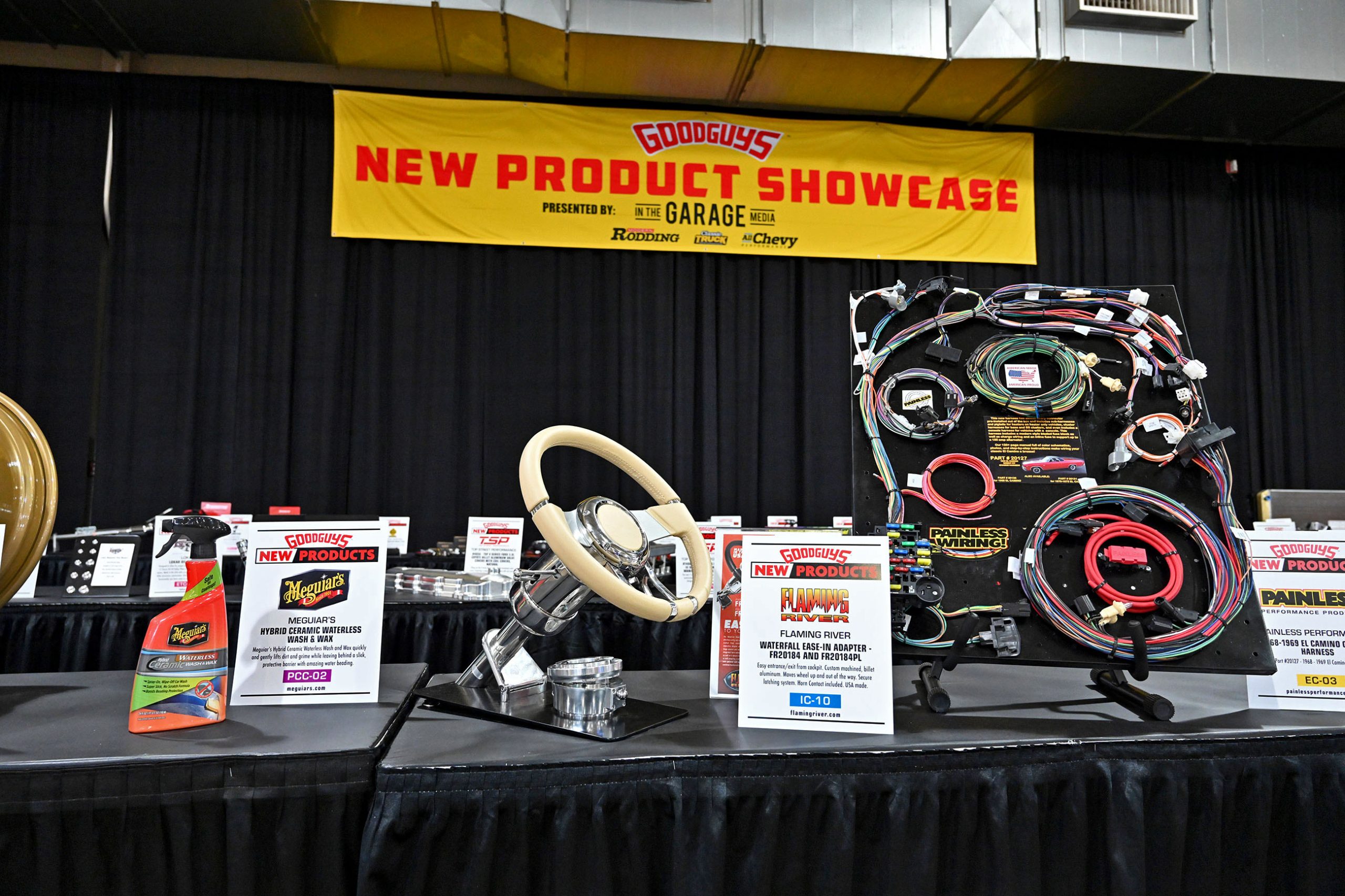
Columbus brought the heat—literally and figuratively. At this year’s Goodguys Nationals, the metal was shiny, the builds were wild, and the vendor midway was packed with gearheads showing off the next big things. We walked the aisles, kicked tires, talked shop, and came away with a short list of standout products we think deserve your attention. Whether you’re wrenching on a street truck, building a corner-carving pro-tourer, or chasing big boost, here are some of the best parts we spotted.








